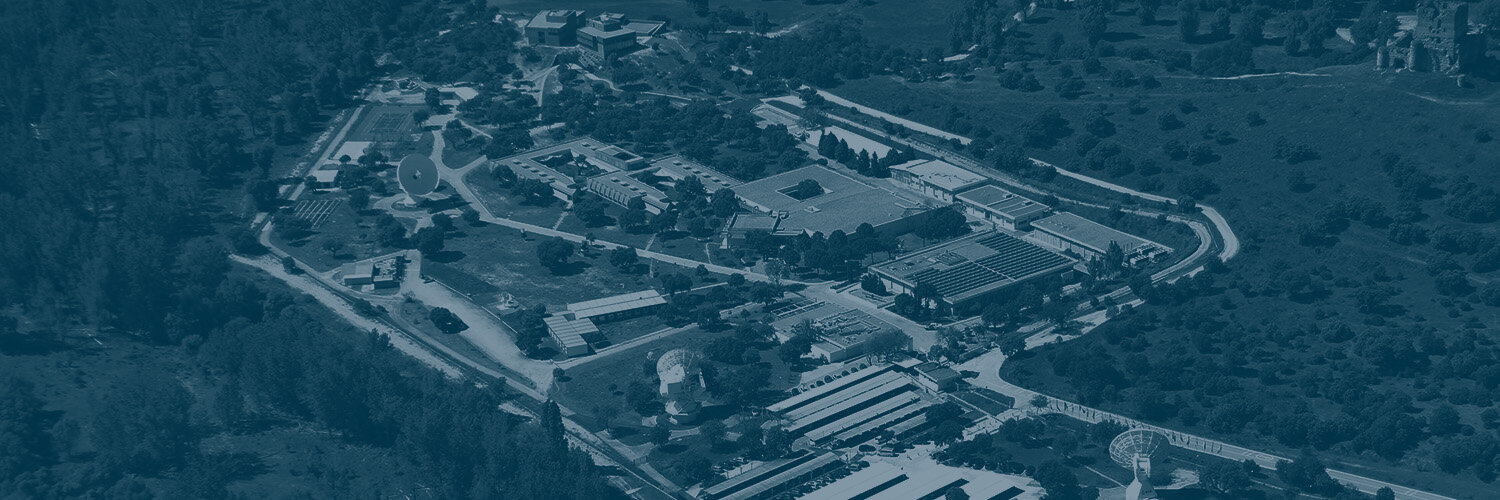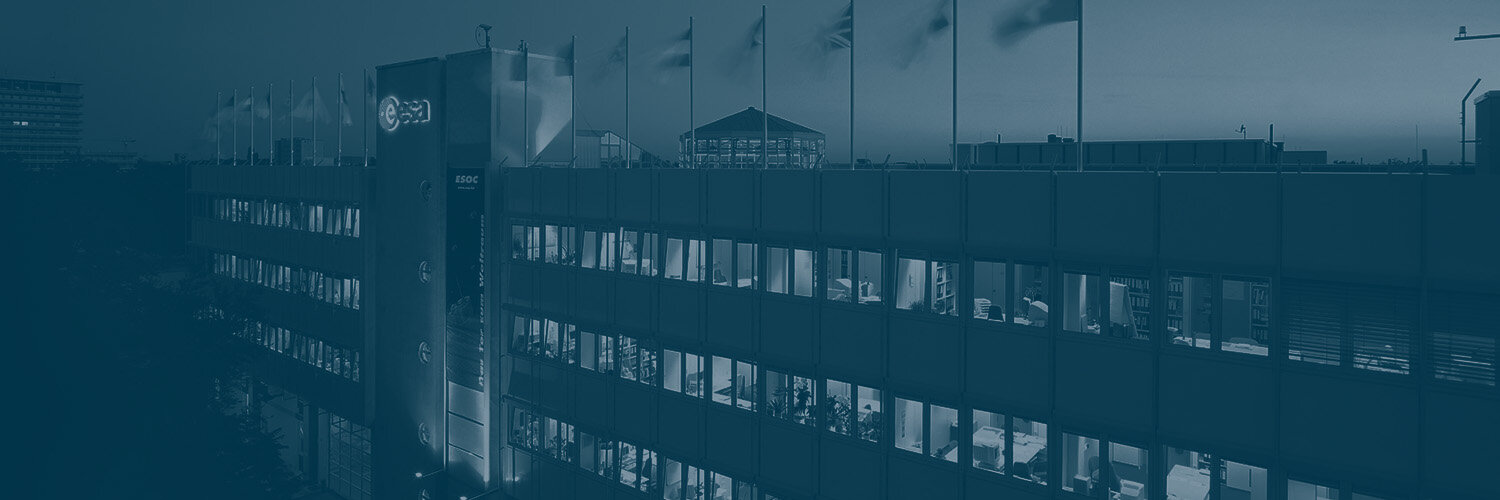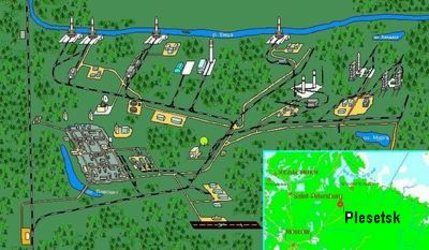SMOS Payload Operations Engineer: interview with Guillermo Buenadicha
Guillermo Buenadicha is responsible for operating MIRAS - a completely new and sophisticated type of radiometer. With its own processor and on-board data storage, MIRAS performs many functions normally handled by an instrument's satellite platform. Its operation requires a careful blend of flight operations expertise together with instrument know-how.

Guillermo Buenadicha is originally from Avila, Spain, and studied Telecommunications Engineering at the Polytechnic University of Madrid. He joined ESA in 1995, initially working on the ISO mission as a platform operations engineer at Villafranca, now ESAC (European Space Astronomy Centre). In 1998, he moved to ESA's European Space Operations Centre (ESOC), Germany, to work on Integral mission operations, specialising in instrument operations.
In 2000, he returned to ESAC to join the XMM-Newton science operations team, and in 2007 moved to the Planck science operations team. Since January 2008, he has been working at ESAC as SMOS Payload Engineer.
ESA: What is unique about operating the SMOS payload, MIRAS?
Guillermo Buenadicha
SMOS is different from traditional multi-payload missions: it carries just a single instrument, the large Microwave Imaging Radiometer with Aperture Synthesis. MIRAS comprises a main central unit mounting three sensor arms spanning 8 metres, and is much larger than the small, 1-cubic-metre Proteus satellite 'platform', which serves as the flight control bus. In fact, MIRAS weighs 355 kg, while Proteus weighs only 303 kg, so you might say that SMOS is a 'flying instrument' that has a satellite attached to one side. As a result, SMOS payload operations require a blend of skill in both controlling a complex scientific instrument and in controlling a satellite.
ESA: What is your main role as SMOS payload engineer?
Guillermo Buenadicha
Much of my job is 'traditional' spacecraft operations: looking after daily on-board housekeeping tasks, checking parameters, planning data download, planning mission activities and generating commands. The unique aspect is that these actions are done for an instrument, MIRAS, not for the satellite itself. I also coordinate payload activities with the other SMOS teams here at ESAC, and especially with the satellite operations team from the French space agency CNES in Toulouse. So it's tremendously interesting and includes a lot of team work with the MIRAS scientists and mission managers.
You might say that SMOS is a 'flying instrument' that has a satellite attached to one side.
ESA: How do payload operations fit into overall mission activities?
Guillermo Buenadicha
After launch and once SMOS is in the routine phase, we will monitor MIRAS daily, checking that we've received the data as expected, that the MIRAS sensors - there are 69 of them - are working as expected, checking telemetry and making sure that the upcoming activities are correctly planned.
ESA: How complex is the MIRAS radiometer? How, in general terms, does it work?
Guillermo Buenadicha
MIRAS observes the ground underneath the satellite track, receiving radiation emitted by water and soil in the L-band, around 1.4 GHz. The initial data must be correlated and 'crunched together' in an on-board processor before they are downloaded via the X-band ground stations at ESAC and Svalbard, Norway. On the ground, the raw data sets still require a lot of processing and must be correlated with so-called 'ground-truth' measurements of soil moisture and water salinity gathered via ship-borne measurements as well as ground probes taken by teams at numerous locations worldwide, including Australia and Antarctica.
Since MIRAS is an entirely new class of passive device that senses microwave radiation emitted from the Earth's surface as it flies overhead, we have very little existing data to which we can compare our results as the mission proceeds. Therefore, we will conduct a monthly calibration, pointing MIRAS toward the sky and using the cold, dark background of the universe as a known calibration reference.
ESA: What are the top three challenges for payload operations?
Guillermo Buenadicha
First, our ground segment software is based on that used for the original CryoSat-1 satellite in 2005, so it's getting old; we will be faced with upgrading it during the operating life of SMOS - that will be a challenge but ESA has done this before quite successfully, for example with XMM-Newton.
Second, we must conduct payload operations with limited human resources - I work functionally alone here at ESAC. But I must say, I have excellent support from my SMOS team mates at ESAC and from ESA operations teams and specialists at ESOC.
Finally, we must coordinate our activities at ESAC with those of other ESA teams at ESTEC and ESRIN, plus with the mission's partners, including the French space agency CNES and external science data users. This gives some limitations but provides strengths as well - no one organisation could have done it all.
Editor's note:
This is one in a series of interviews with a few of the key people involved in the SMOS mission. Please check back, as the list will be added to over the coming weeks.







